First-ever floating nuclear power plant is under construction in Russia

The plant is set to start providing power and heat to the country’s remote northern regions by 2019
The plant is set to start providing power and heat to the country’s remote northern regions by 2019
Massive amounts of electrical energy will be needed in order to explore natural resources in the Arctic Region. For this reason, Russia is developing floating nuclear power plants (NPPs) – to supply energy to these remote northern regions. The project was first launched by the Russian company Rosenergoatom (part of Rosatom state-owned corporation) in 2006 and ‘Akademik Lomonosov’, which was laid on April 15, 2007, is to become the first vessel of a proposed fleet of floating NPPs. It is a non-self-propelled vessel (it must be towed to the location of operation), has a length of 1444.4 meters, width of 30 meters and displacement of 21,500 tons. It was built at the Sevmash Shipyard in Severodvinsk and is expected to be delivered in October 2016. The plant has two KLT-40 reactors, which can produce up to 70 MW of electricity or 300 MW of heat, enough to power a town of 200,000 people. Apart from the reactors, it is equipped with storage facilities for fresh and spent nuclear fuel, as well as liquid and solid nuclear waste. It could also be converted into a desalination plant with production capacity of some 240,000 cubic meters of fresh water per day. According to the manufacturer, its operational life is expected to be 40 years with three operating cycles of 12 years. After each cycle, the unit will be towed to the shipyard for repairs, defueling, refueling and radioactive waste removal.
The plant will consist of the floating power-generating unit, the dock with onshore facilities for transmitting electricity and heat, and waterworks and is expected to start producing power and heat in 2019. The power-generating unit for ‘Akademik Lomonosov’ is currently being tested at the Baltic shipyard in St. Petersburg and the construction of the dock has already begun on the Arctic coast in the bay of the city of Pevek, Chukotka and should be ready by October 2019. The plant’s construction cost is estimated at around 30 billion rubles (US $480 million), according to Sergey Zavyalov, head of the plant construction.
The concept of FPUs is not new, as the US Navy alone currently has around 100 reactors powering its submarines and aircraft carriers. However, the idea of floating nuclear reactors generating energy for uses other than powering their home vessel is relatively untested.
The pros and cons of floating NPPs
Experts supporting floating NPPs argue that they are secure from phenomena like earthquakes and tsunamis, and also from meltdown threats, as the reactor’s active zone is underwater. ‘Reactor units are small and self-contained. They are nothing like those installed at the Chernobyl nuclear power station, of course. A scenario like that at the Fukushima power plant is also excluded,’ Professor Georgy Tikhomirov of the Moscow Engineering Physics Institute recently told EFE news agency. ‘The advantage of the floating nuclear power plant is that it can be moored almost anywhere where there is a power line,’ he added. On the other hand, environmentalists warn that even if all security guidelines for nuclear power facilities are applied, these guidelines should be revised as they were written when the concept of FPUs did not yet exist. For instance, Greenpeace expressed the fear that a sea-based nuclear facility is vulnerable to torpedo and missile attacks, and could also be seized by terrorists who could use nuclear materials to create a nuclear bomb.
Source: RT News Channel
Source: RT News Channel
Want to read more like this story?
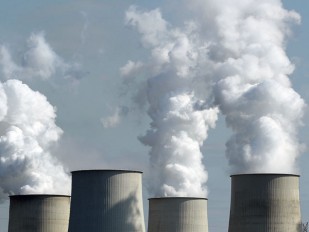
UK's nuclear facility under construction on the brink of abandonment
Jan, 15, 2019 | NewsHitachi, a Japanese firm, is considering pausing the construction works of a new nuclear power stati...
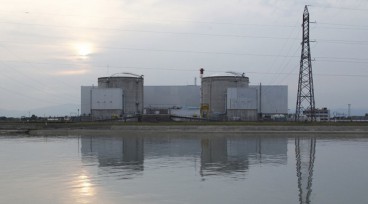
France’s oldest nuclear power plant to shut down by 2020
May, 04, 2017 | NewsThe French government honors its pre-election commitment and addresses concerns raised by neighborin...
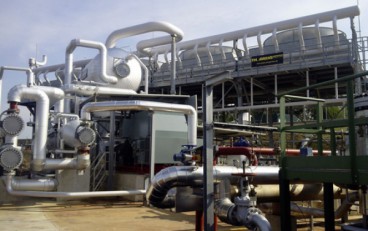
This geothermal power plant in France takes advantage of heat tapped in deep rock, supplying electricity to 3,000 households
Oct, 17, 2017 | NewsThe site was formerly used as a research facility The site was formerly used as a research facility...
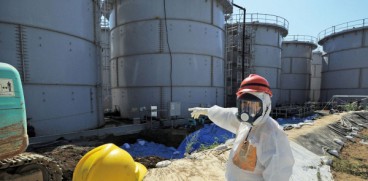
Fukushima’s reactors cleanup still has a long way to go
Mar, 17, 2016 | NewsFour decades or even more may be needed for the removal of nuclear fuel from the facility Four de...
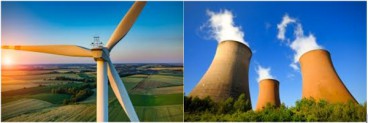
Global wind power capacity exceeds nuclear energy for the first time
Mar, 11, 2016 | NewsWind power generation has the potential to cover global consumption, according to a report from the...

An assessment of the Chernobyl disaster 38 years after it happened
Apr, 26, 1986 | NewsSaturday, April 26, 1986, 01:23:45 AM local time. A terrifying accident was taking place in the nor...
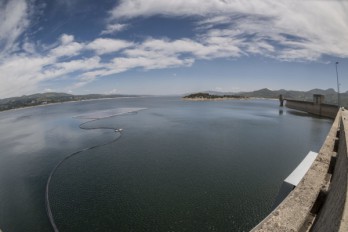
The world’s first hybrid hydro and floating PV power plant opens in Portugal
Sep, 08, 2017 | NewsΑ 220-kW PV installation has been deployed on a hydroelectric dam on Portugal’s Rabagão River. This...

Nuclear Progress: Hinkley Point C Marks Reactor Installation Milestone
Dec, 04, 2024 | NewsThe Hinkley Point C nuclear power plant in Somerset, England, has reached a significant milestone w...

Japan votes to allow nuclear plants to operate beyond 60 years
May, 31, 2023 | NewsJapan passed a law on Wednesday allowing nuclear plants to operate beyond 60 years if safety condit...
Trending

Vertical gardens in Mexico City to combat pollution

Saudi Park Closed After 360 Big Pendulum Ride Crashes to Ground, 23 injured

Characteristics of Load Bearing Masonry Construction

Taipei 101’s impressive tuned mass damper

Dutch greenhouses have revolutionized modern farming

Federal court rules Biden’s offshore drilling ban unlawful


